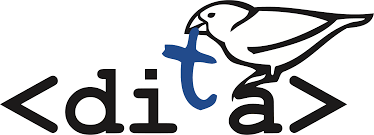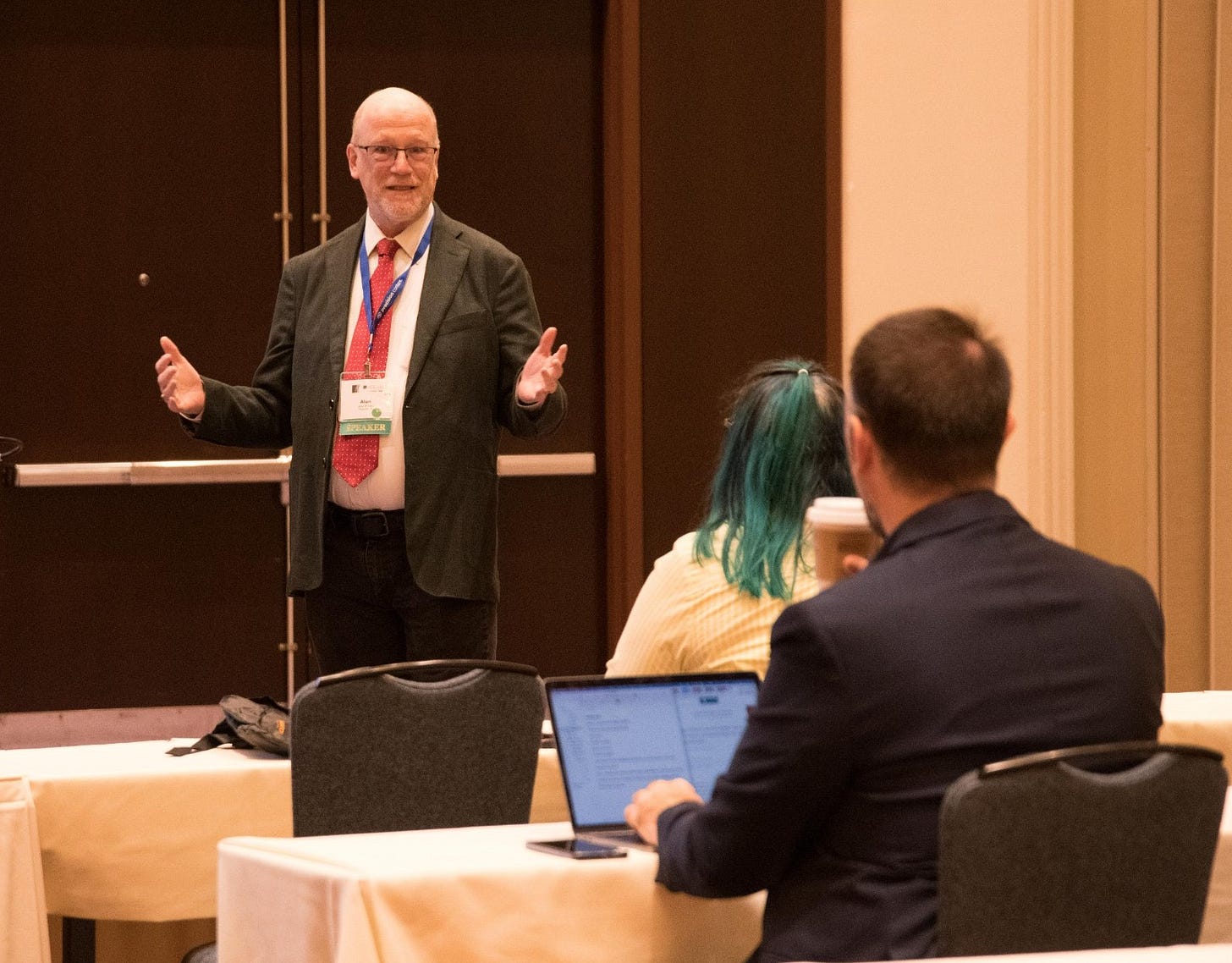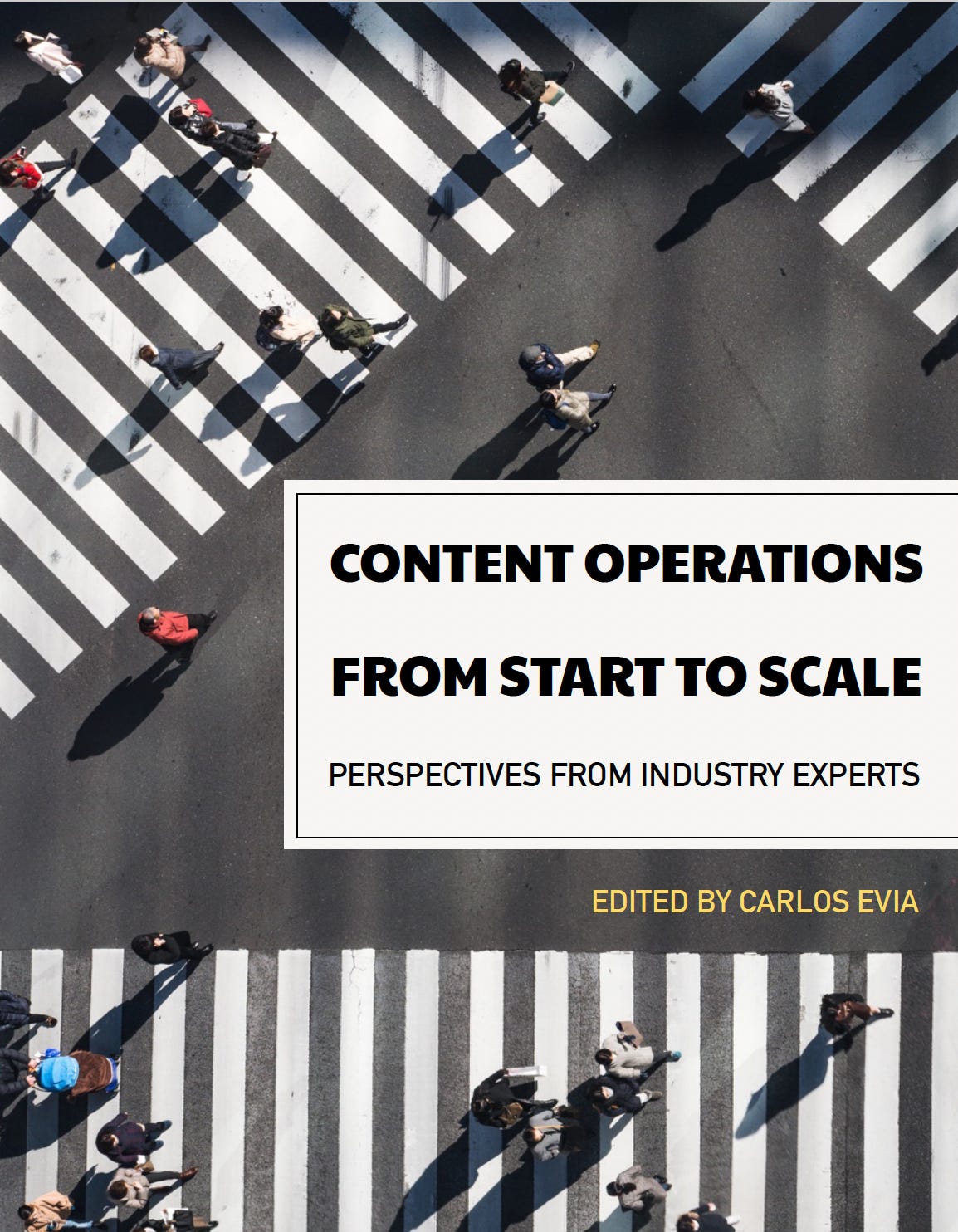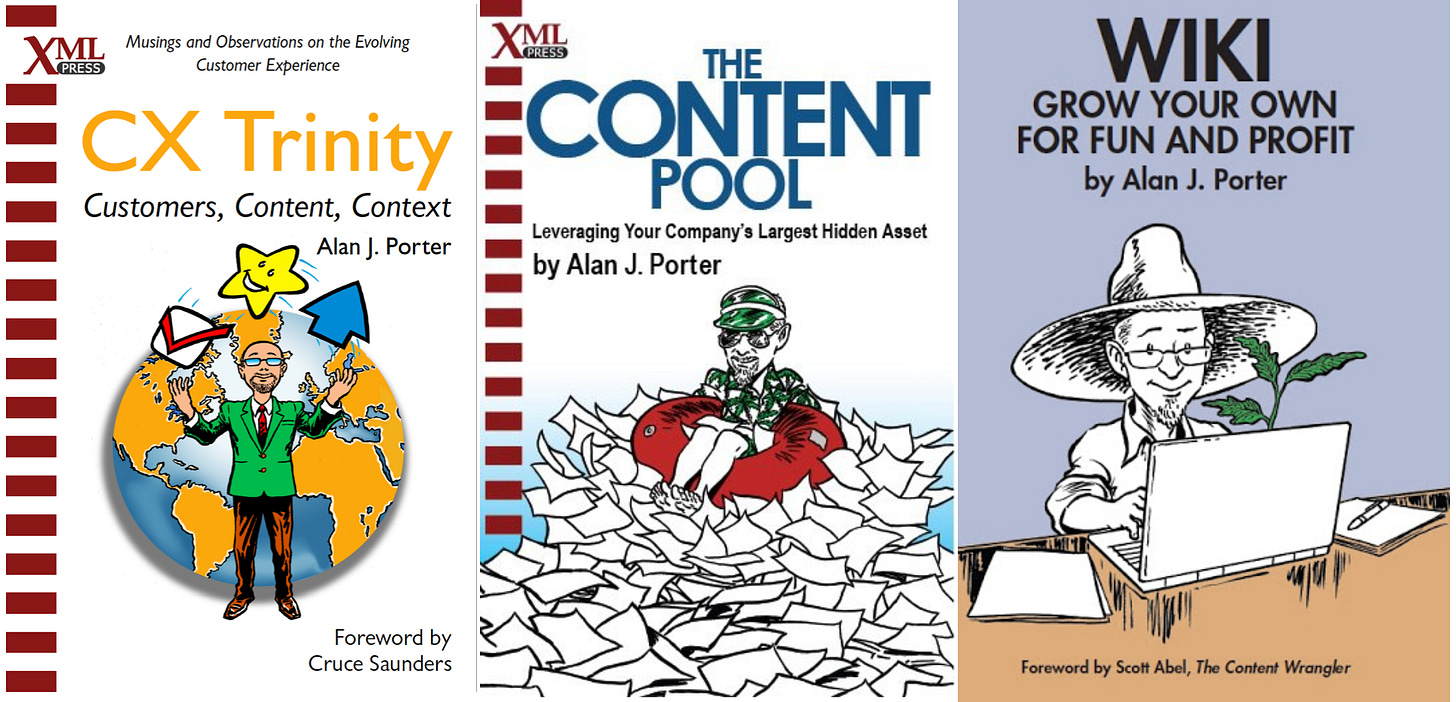At a literary convention I attended recently there was a general discussion about the future of storytelling for the digital generation and how could hard copy books compete. Ideas around novels written in blog, wiki, on social platforms, or e-mail formats were banded around.
One idea that kept popping up during the conversation was breaking down the overall narrative into smaller chunks that could then be presented in different orders. Each chunk would be self-contained but when assembled made a different reading experience. Heck you could even reuse some chunks to build different narratives.
This, I thought, is sounding awfully familiar. So I “switched hats” and started to explain the concept and ideas behind the DITA technical writing standard for structured content to the literary crowd.
I will admit I was a late convert to DITA. I’ve been around structured authoring for many years, I was even part of the group that developed one of the first topic based authoring systems and standards. When I first heard about DITA, I didn’t think it was anything new, just a new flashy label for well proven concepts.
But DITA caught the imagination of the technical publishing industry, and the rate of acceptance and adoption made me realize that there was something about DITA that allowed for an almost instinctive understanding of its concepts and application.
Then I started to play around with DITA, even write a few documents using it, and I was convinced. Sure it may not suit everyone or every project, but it is definitely a large part of the industry’s future.
Which brings me back to the conversation at the convention.
I finished my explanation of DITA and how a topic is broken down into three parts, Concept, Procedure, and Reference, when one of the editors paused, thought a second, and came back with:
“So each topic is just like the traditional three act story structure – it has a beginning, a middle and an end.”
Perhaps the secret to DITA’s success is not only the great technical and business benefits it brings, but that it is also recognizable on an instinctive level. - Using DITA allows technical communicators to simply tell a story.
Alan
A Note of Appreciation
Thanks to all the folks you took up new subscriptions or read the newsletter since its launch. We really appreciate the support.
We hope that you will enjoy what we have to offer, and remember the easiest way to receive the newsletter each week is to hit the SUBSCRIBE button so it gets delivered straight to your email inbox.
Weekly #CX Thought
We are undergoing a period of phenomenal social change driven by technology, along with changes in customer expectations. The business model is changing, technology is developing rapidly, new ways of interacting are emerging, and social norms are being rewritten.
Content Discovery Workshops - Now Booking for Q2/24
THE CONTENT POOL is offering a special discount on our two-day Content Discovery Workshops for newsletter subscribers and readers.
We are now taking workshop bookings for Q2/2024, and we wanted to make sure that as a newsletter reader you got an early opportunity to lock-in a date.
As a reminder during these on-site in-person workshops workshop we will:
Develop your content vision
Identify opportunities to leverage your content in new ways
Map out the path to transform your enterprise content.
It will be followed by two deliverables:
Key observations document
High-level content transformation plan
A quick overview of the standard workshop format can be found at https://the-content-pool.com/workshops/
If you would like more details, or you like to discuss reserving a date for yourself and your team to benefit from a Content Discovery workshop, just email us at info@4jsgroup.com
Sitting on the Desk
Content Operations from Start to Scale - ed Carlos Evia
Virginia Tech Publishing - 2024
This recently released volume containing a series of chapters on the various aspects of Content Operations, each written by an industry expert, is destined to be an invaluable guide for those embarking on developing a content operations practice, or those looking to grow an existing one.
Starting out with a much needed definition of what we mean by Content Operations (Rahel Bailie), and how to build a business case for it (Sarah O’Keefe), this volume them builds on these foundations covering topics such as governance (Kate Kenyon), content creation (Rahel Bailie & Carlos Evia), customer experience (Kevin Nichols), personalization (Jeffry MacIntyre), localization (Loy Searle), and technology (Patrick Bosek).
I’m only a couple of chapters in so far, but it is already informing the conversations I’m having with my clients around this important aspect of operationalizing content across the enterprise.
This book is published as an Open Access resource and is available for download HERE
In The Bookstore
If you enjoy the contents of this newsletter and would like more, we have three books always available from XML Press.
You can also check out The Content Pool website or follow us on FaceBook, or on Twitter/X at @TheContentPool
Please feel free to share the newsletter and pass it around to any friends or colleagues you think might find it of value.
Till next time - have fun paddling in The Content Pool.
Alan Porter
The Content Pool™ is a division of the 4Js Group LLC








